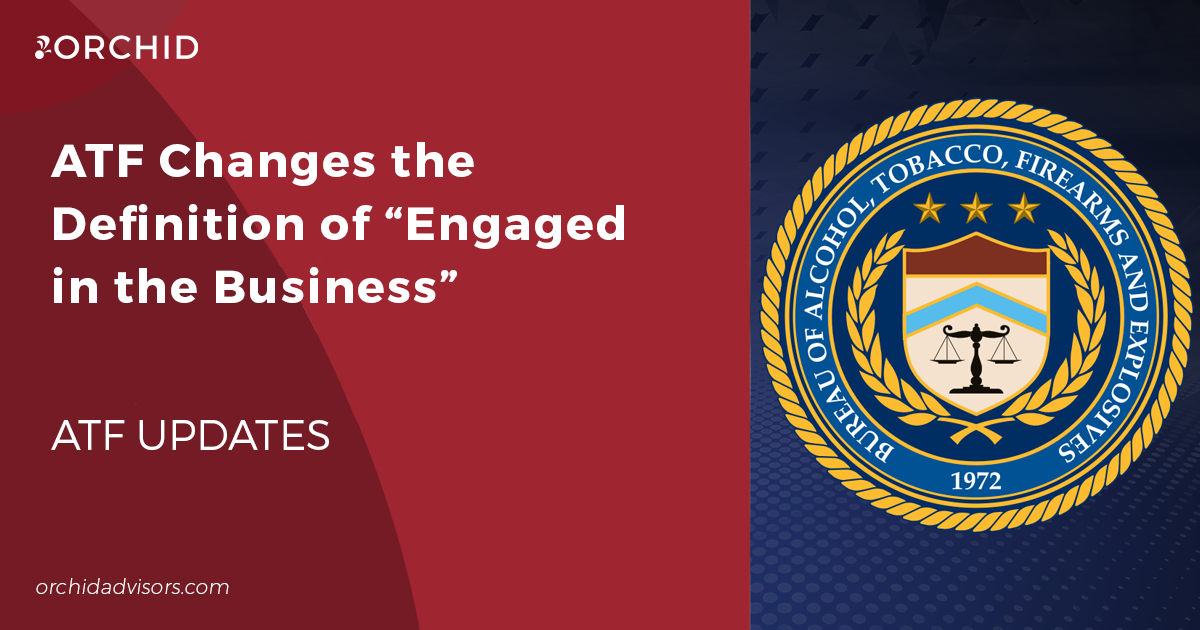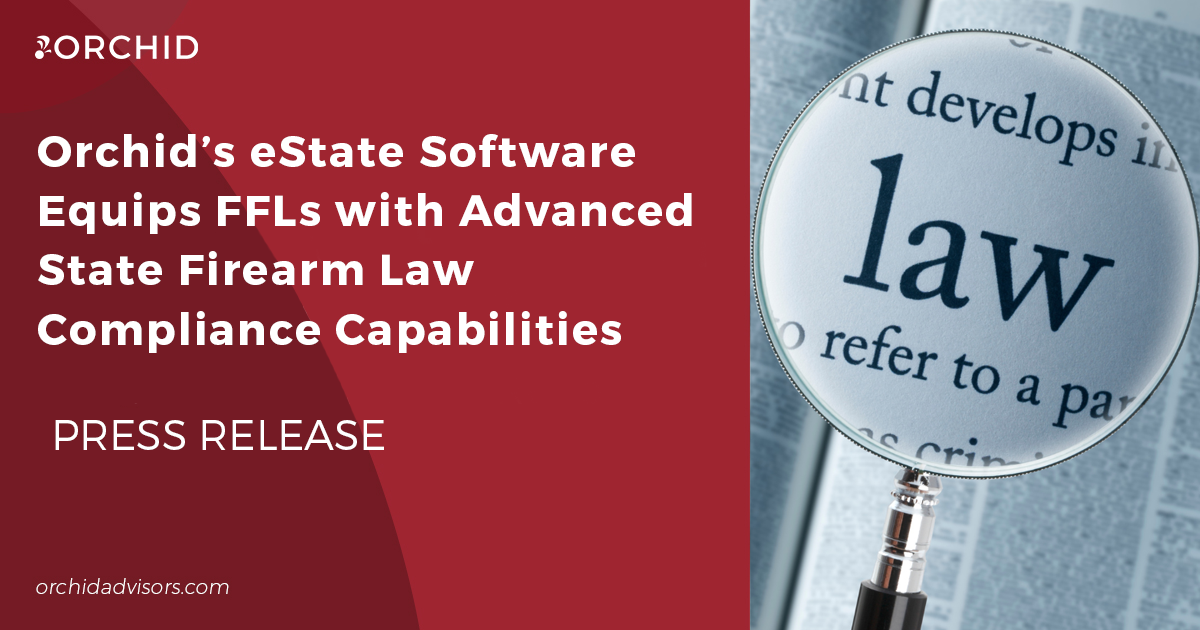We say the acronym “NICS” with such frequency, we have to think when someones asks, “What does that stand for?”
The “National Instant Criminal Background Check System,” referred to simply as “NICS,” was mandated by the Brady Handgun Violence Prevention Act (1993) and went live through the FBI on November 30, 1998. NICS is the system into which the Form 4473 information is input to determine whether a customer is eligible to buy firearms or explosives. More than 100 million NICS checks have been run in the last ten years.
A NICS background check runs against more than 11 million records from specified criminal convictions to restraining orders to adjudications of mental health disabilities. The single largest type of record relates to illegal or unlawful aliens, which comprise more than 50% of NICS records.
Although we use the term “NICS,” it is not a single database; it is actually three national databases managed by the FBI: the Interstate Identification Index (“III”), the National Crime Information Center (“NCIC”), and the “NICS Index.” The Interstate Identification Index is the primary repository for more than 60 million criminal histories, compiled from federal, state, local and tribal sources. NCIC contains 19 different types of records, including, for example fugitives from justice. The NICS Index is a database created specifically for background checks. Most importantly, it includes records relating to the nine specified federal prohibitions on firearms transactions and ownership.
In 2007, the NICS Improvement Amendments Act (NIAA) was passed. NIAA specifically targeted the gap of records available for NICS about mental health adjudications and commitments and other federal prohibitions. In tandem, the NICS Act Record Improvement Program (NARIP) began awarding funds to states to make the necessary changes to improve state to federal records delivery. For example, Florida was awarded $1.5 million in FY2013 to increase staff and vendors for tasks like researching missing felony dispositions, entering civil mental health data, and reducing the error queue. Reading through the NARIP projects lists for more than $60 million in grants awarded to 22 states is perhaps the best single-source narrative on short-comings to the concept of a national, electronic database derived from such a large and disparate group of government and tribal contributors.
The other big picture aspect of NICS to be aware is that state participation varies. Thirteen states implement and maintain their own Brady NICS Programs, such that when the Form 4473 information is submitted it goes to a state agency (not the FBI/ATF). ATF calls these “Point of Contact” states. Seven states share responsibilities with NICS as “partial POC states.” The remaining states use NICS for all firearm background checks.
Orchid Advisors provides electronic newsletter (“Advisory and Alert”) and blogs for general informational purposes only. It should not be considered a formal or informal interpretation of law. It is not intended as professional counsel, should not be considered legal advice and should not be used as such.
The ATF Changes Definition of “Engaged in the Business”
The final version of ATF Rule 2022R-17 has been submitted to the Federal Register and will go into effect 30 days after the date...






0 Comments